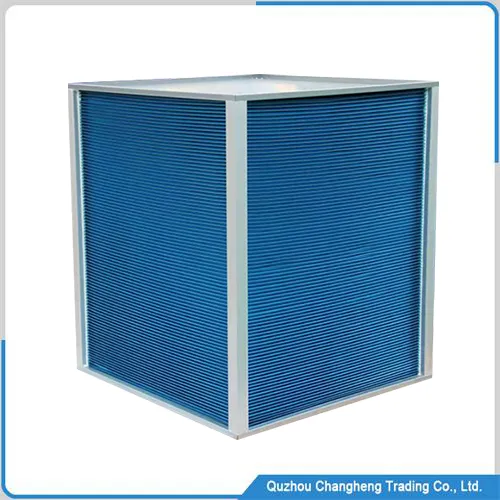
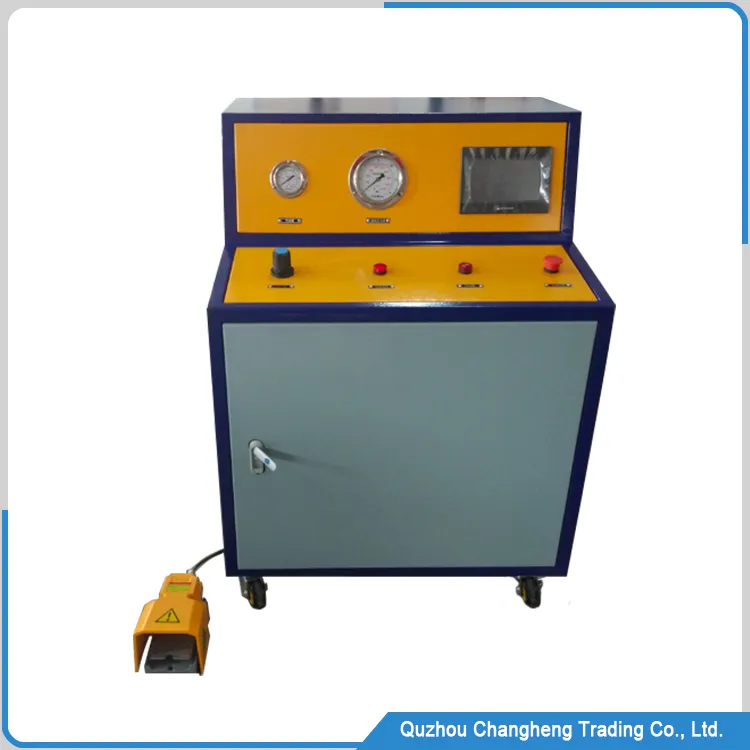

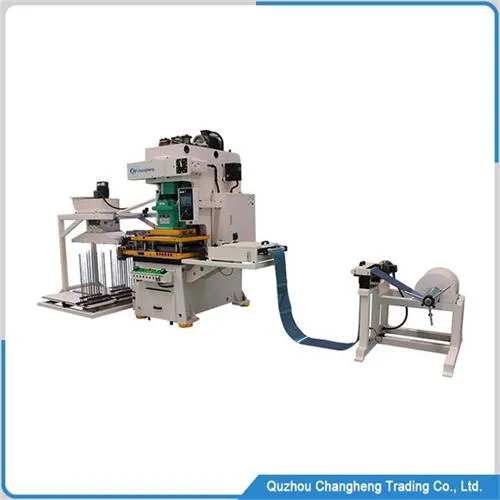
Product Description
This flat plate heat exchanger is an efficient heat exchange product. Two fluids of different temperatures pass through their respective channels for temperature conversion. This heat exchanger consists of several key components: corrugated flat plates, seals, and frames.
It is usually uses in industrial fields, such as the petroleum refining industry, the chemical industry, and food production enterprises.
Due to its high heat exchange efficiency, low price, easy maintenance, and many other advantages, it is widely uses in modern industry.
Technical Parameter
| No. | ITEM | DATA |
| 1 | Model | CH-H001 |
| 2 | Active Area Per Plate | 0.1M2 |
| 3 | Plate thickness | 0.5mm |
| 4 | Max Work pressure | 1.6 mPa |
| 5 | Connection diameter | DN50 |
| 6 | Flow rate | 53M3/h |
| 7 | Nominal plate gap | 3.8mm |
| 8 | Port diameter | 50mm |
Flat Plate Heat Exchanger Advantage
- Highly efficient heat exchange capacity,
Its structure is a multi-layer wave plate stack. Each layer is an independent channel; the fluid crosses through the channel, and the corrugation provides resistance, which greatly improves the efficiency.
- Compact design,
The heat exchanger’s appearance and structure of the plate are scientifically designed and cross-arranged,
increasing the heat dissipation area and making the appearance of the heat exchanger more compact.
- Easy to control
When you need to change the heat exchange temperature, you only need to change the relevant valves,
- Simple maintenance and cleaning
The middle of the plate is sealed with a gasket, allowing users to disassemble the heat exchanger to clean the internal dirt.
Flat Plate Heat Exchanger Parts List
- Frame plate
It is a standard steel plate uses to fix the two ends of the stainless steel corrugated plate of the heat exchanger. Its function is to fix the screws.
- Corrugated plate
It is stainless steel 304, and its thickness is usually 0.2-0.8mm. A wave plate is a stamping process; the holes and excess parts are cut.
- Sealing gasket,
Its material is EPDM, and the shape and size should conform to the design of the corrugated plate; its function is to seal the edge of the bellows and isolate multiple channels.
- Screws and nuts
This part fixes the heat exchanger and is made of high-strength spring steel. Usually, a heat exchanger requires multiple screws and nuts for fixing.
- Inlet and outlet
It is a critical part of the frame installation, and its size must meet all the user’s requirements; otherwise, the water pipe cannot be connected.
Flat Plate Heat Exchanger Factory Video
Installation precautions
During the installation process, we must ensure that the heat exchanger is not deformed and that the edge of the corrugated plate is not bumped to ensure that it is a complete product.
The top of the heat exchanger has install an O-ring for lifting. If you need to lift the Flat Plate heat exchanger with a crane, please use this O-ring to avoid damaging it.
The water inlet usually has a dustproof cover. To avoid channel blockage, do not drop objects into it when installing the water pipe.
When the installation is complete, a pressure test is need to check for leaks at the connections.

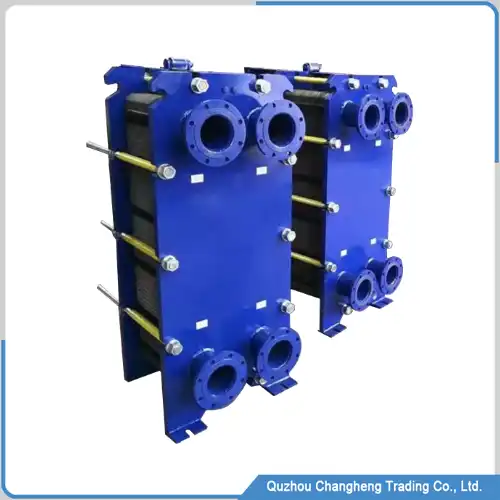
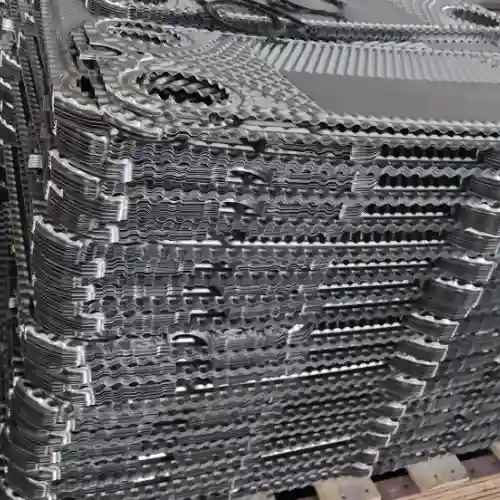
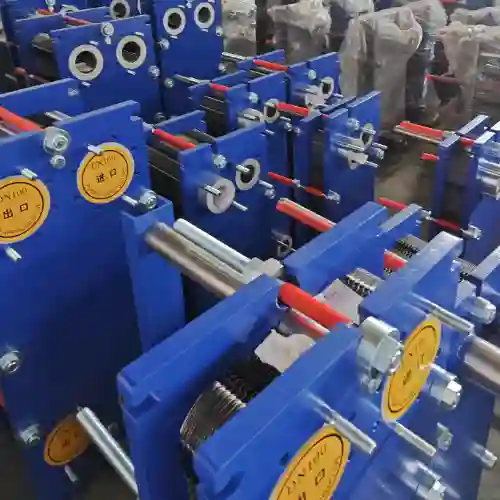









 WECHAT
WECHAT